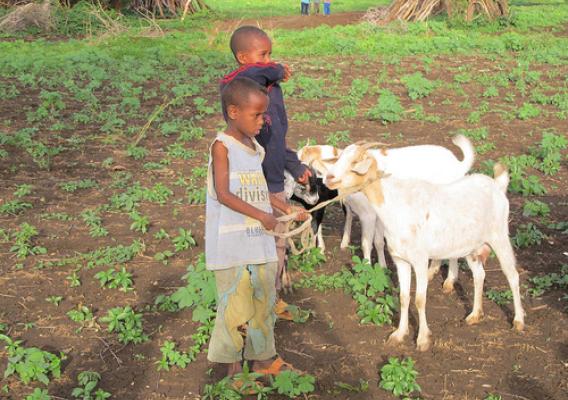To recognize the contribution that research in agriculture makes in our daily lives, we’re focusing this month’s Science Tuesday blogs on the successes that USDA science agencies have achieved for us all.
For over a century, USDA research has spurred innovation and created many great products for our families, but we haven’t done it alone. Partnering with a vast network of university scientists -- as well as other federal agencies, private industry, and other groups -- the National Institute of Food and Agriculture (NIFA) supports agricultural research and extension through competitive grants on topics of great importance to us all. NIFA is also committed to educating our youth in science and agriculture, supporting opportunities for rural communities, 4-H, and scholars programs. So, today we’re focusing on the research of NIFA and its partners because “Ag Research Counts” every day, for every American. We’re continuing our trivia contest on Facebook with questions from past ‘Science Tuesday’ blogs. Feel free to participate on Twitter using the hashtag #AgResearchCounts. Here are this week’s blogs featuring NIFA-funded research that impacts each of us every day:







